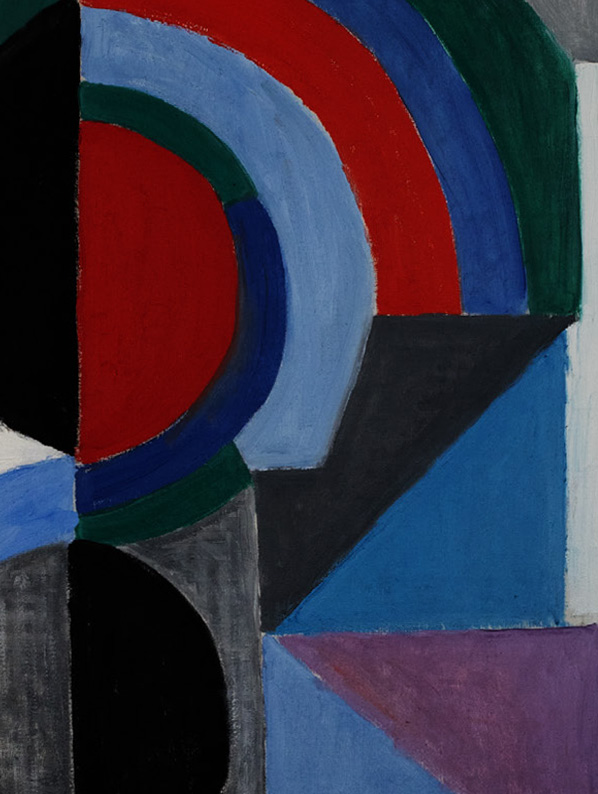
One of the most remarkable and influential artists of the 20th century, Sonia Delaunay (1885-1979) is celebrated in the Bard Graduate Center exhibition “Sonia Delaunay: Living Art” on view until July 7, 2024. More than 200 objects including a 1972 rare film are included—all a testimony of how this amazing artist used her art not just in paintings and tapestries, but in almost every aspect of contemporary life.
If there is one fault with this comprehensive exhibition, it is that you can’t buy one of her dresses or scarves, blazing in color and incredibly as fashionable today as they were in her lifetime. The co-curator of the exhibition said it best: “When the house of Dior re-created one of her 1920s dress designs in 1968, it seemed utterly of the moment. Delaunay’s art is a fusion of astonishing modernity, sheer beauty, and a passionate freedom from convention, which makes it timeless and ever so relevant.”
This is a not-to-be-missed exhibition. Delaunay was a masterful artist, though long overshadowed by her husband Robert. She defied categories and broke down barriers between fine and decorative arts, always demonstrating her personal language of color and light. Her astonishingly modern work is evident not only in her bold use of color and light but in her remarkable diversity. From ballet costumes, cars, and couture to paintings, posters, and publications, she was an entrepreneur starting and promoting businesses including interior and set design.
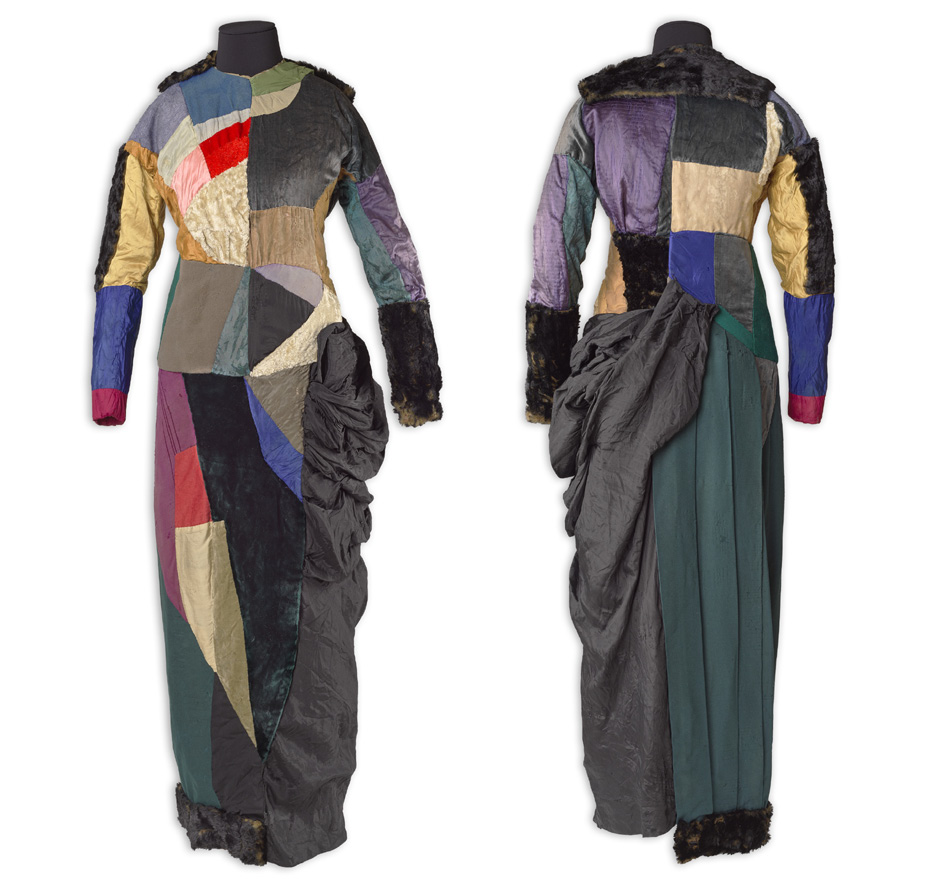
Born in Odessa, then part of Russia, she was raised by an uncle in St. Petersburg. She studied in Germany and Paris where she divorced her first husband and married the abstract artist Robert Delaunay in 1910. Together, they entertained, hosted salons, and befriended other poets and artists. By the mid-twenties, Sonia had her own hugely successful Paris studio where she created textiles and clothing.
One of the rare objects here is a little crib quilt she made for her son Charles in 1911. It demonstrates her move into abstract work, a medley of colors and shapes that would eventually become her signature style. Her inspiration, she said, was the houses of Ukrainian peasants.
Her range of work was near miraculous. She was bold, ambitious, determined and believed as she said: “Color is everything.”
During the first world war, the family stayed in Spain and Portugal, producing large canvases which they were able to sell successfully. After the war they returned to Paris where Sonia began designing costumes. One of the most outstanding on view is her Cleopatra costume for the Ballet Russe.
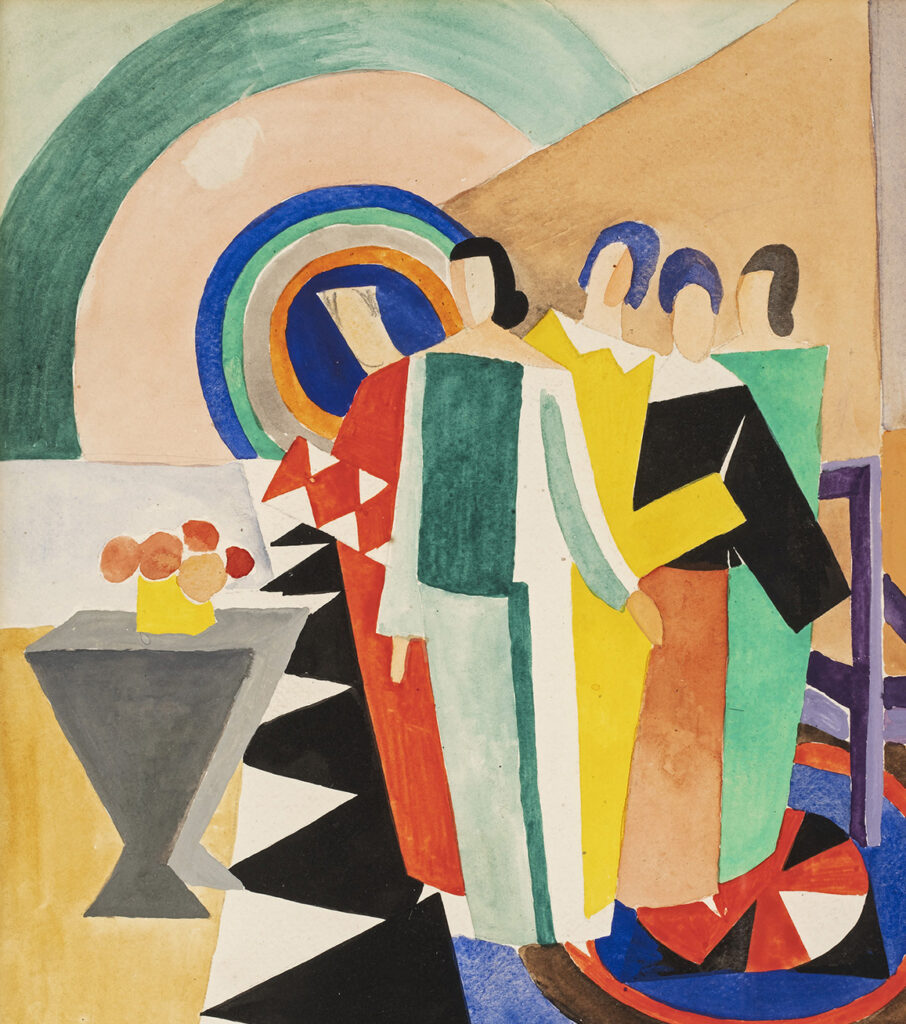
During the second world war, the Delaunays escaped Paris and settled in the south where Robert, who had often been in poor health, died in 1941. After the war from 1945 until she died in 1979 at the age of 94, Sonia continued working with geometric abstractions, applying them to furniture, fabrics, wall coverings, and clothes. She was the first living female artist to have a retrospective exhibition at the Louvre in 1964 and in 1975 was named an officer of the French Legion of Honor. President Pompidou acknowledged her importance to French art and culture when he made a gift of her painting Rhythme-couleur (no. 1633) to President Nixon during an official visit.
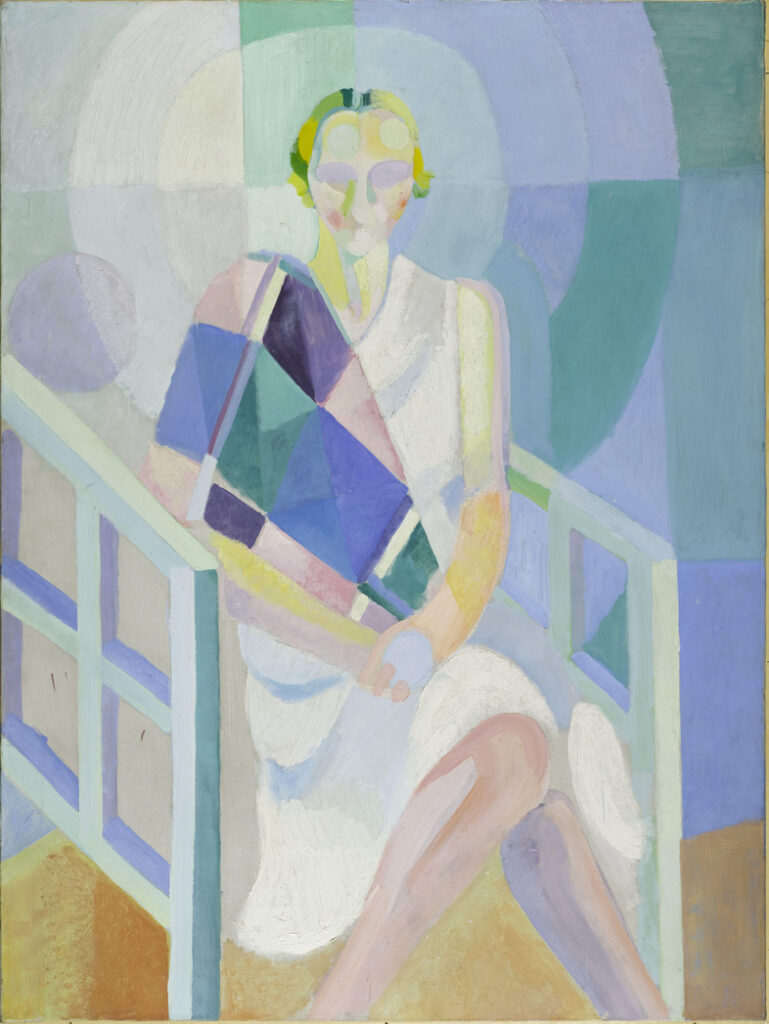
Among the most outstanding works of her last years are the mosaics. Testimony to her pioneering spirit, at 82 she decorated a hip Matra 530 sports car in large race-flag checks of sky blue and royal blue, sage green and red which you can see along with scarves, ceramics, and jewelry in the third-floor galleries.
Her range of work was near miraculous. She was bold, ambitious, determined and believed as she said: “Color is everything.”
In one of her final interviews, all of which are documented in the terrific catalog, she says: “I love creation more than life, and I must express myself before disappearing.”


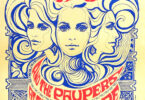
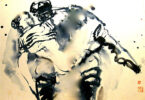
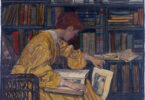
Leave a Comment